Knitting & Crocheting with Camelids
Most knitters and crocheters have heard of standard yarn fibres like wool, cotton, and even linen, but the word “camelid” tends to raise eyebrows. You might be wondering—what are these mysterious animals, and how can their fibres help you take your projects to the next level? This article will cover all the basics of camelid yarns and how to knit and crochet with them, so you can enjoy all they have to offer for yourself.
What are Camelids, Exactly?
Rather than just one creature, the word “camelid” refers to a whole family of animals. All camelids have a number of characteristics in common, including an even number of toes and the way they digest their food; but most importantly for purposes of this article, camelids produce fibres with unique qualities that don’t appear in other animal fibre types. The camelid family of animals includes camels (it’s in the name), alpacas, llamas, vicuñas, and guanacos. Guanacos are undomesticated, so it’s unlikely you’ll run across guanaco yarn. But camel, alpaca, llama, and vicuña fibre are hugely popular for handknitting yarns.
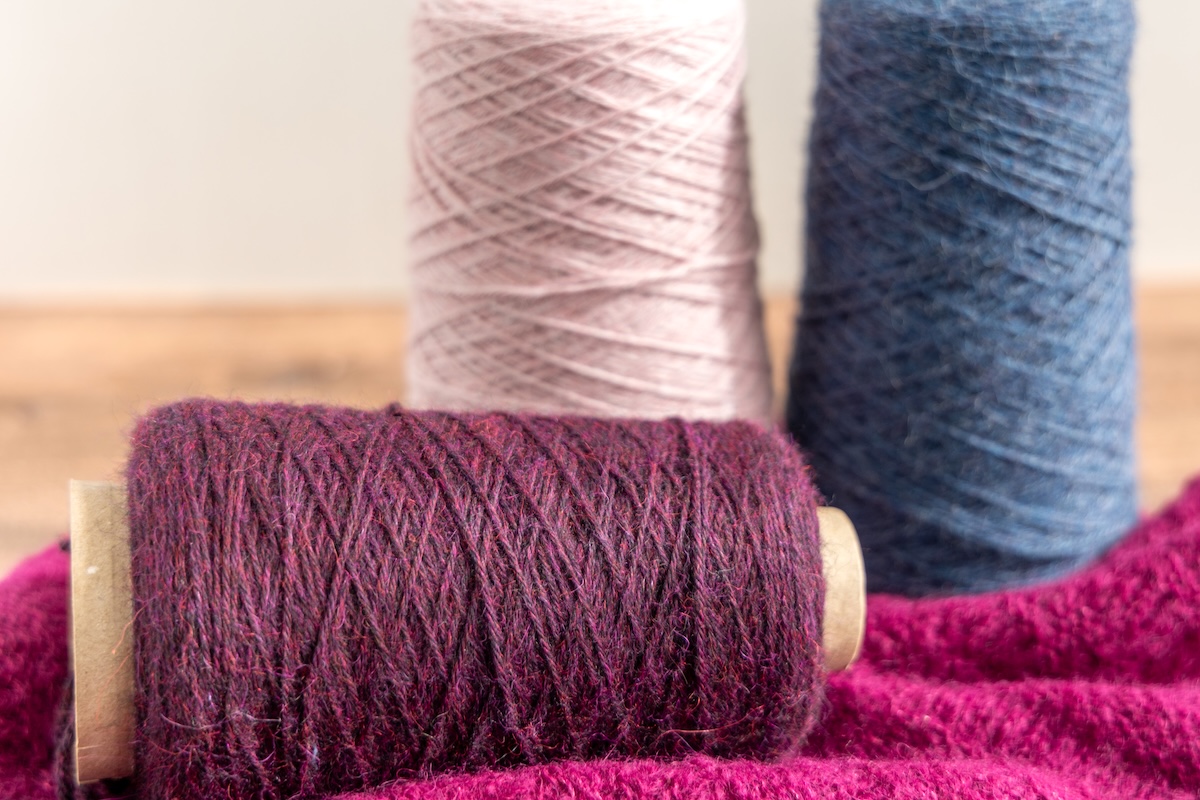
Things to Consider when Knitting & Crocheting with Camelid Fibres
Just like various wool types, every camelid fibre behaves a little differently. That said, they all share a few common characteristics that are helpful to be aware of when choosing yarn for a knitting project. These include:
- Warmth. Most camelids come from cold, dry climates and need extra insulation, so their fluffy hairs trap warm air like nothing else. Even camels, which live in incredibly hot desert environments, have undercoats to give them extra warmth for chilly nights. (The fine, silky hair from camels’ undercoats is usually what’s used in camel knitting yarns.)
- Softness. As mentioned above, camelid yarns usually use the animal’s fine undercoat hairs rather than their coarse outer hairs. This gives camelid yarns a distinctive buttery feel that most people find easy to wear next to their skin.
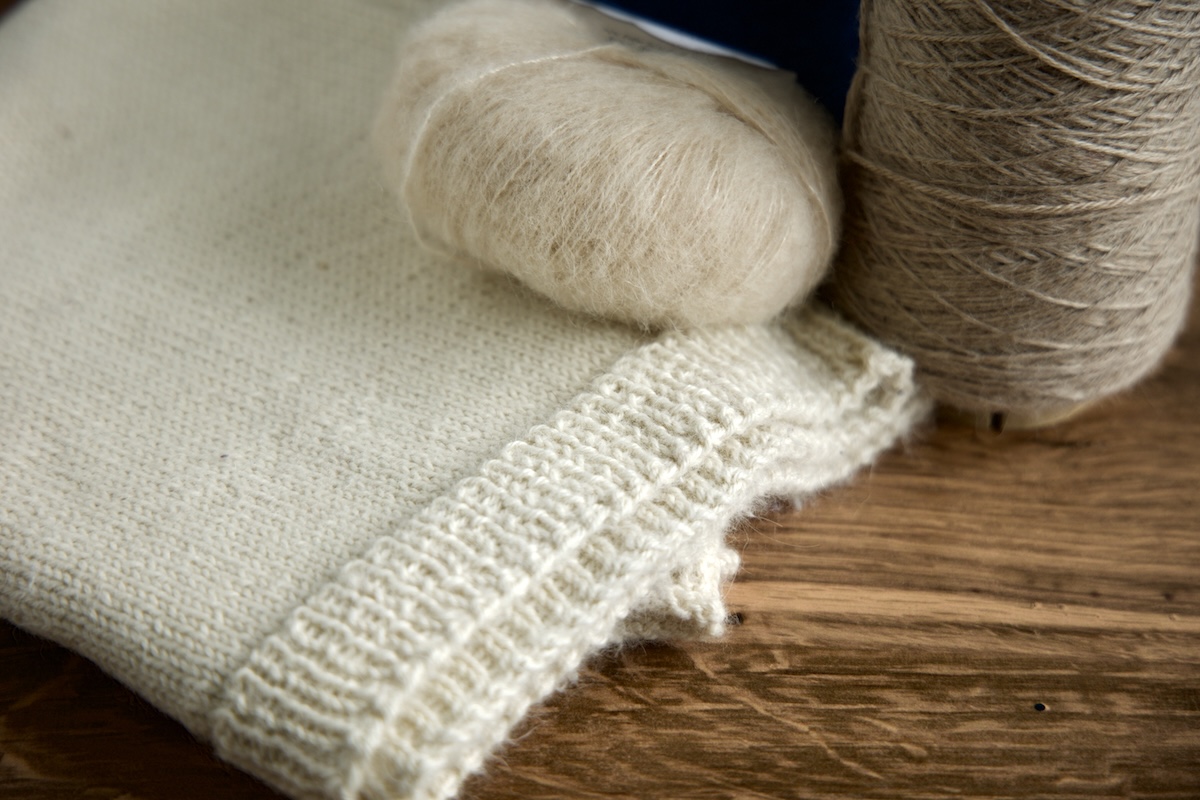
- Lack of elasticity. One of the distinctives of all camelid fibres is their lack of elasticity—due to their slippery structure, they don’t spring back once stretched. This means that camel, alpaca, llama, and vicuña yarns have phenomenal drape and hold blocking beautifully, but it also means that if they’re over-blocked, they can’t be washed and then reshaped like wool projects can.
- Deep coloration. Few animal fibres are pure white, and camelids are no exception. While sheep’s wool is often bleached or otherwise treated to produce white fibre for dyeing, camelids are usually left natural. This gives both undyed and dyed camelid yarn a distinctive rich, heathered look with subtle differences in the color of individual hairs. As a result, colours will often appear slightly darker and more muted on camelid fibre vs. sheep’s wool.
- Not machine washable. Camelid fibres aren’t usually treated for machine washability, so most camelid yarns out there on the market are hand-wash only. But it’s well worth treating your camelid projects with an extra level of care.
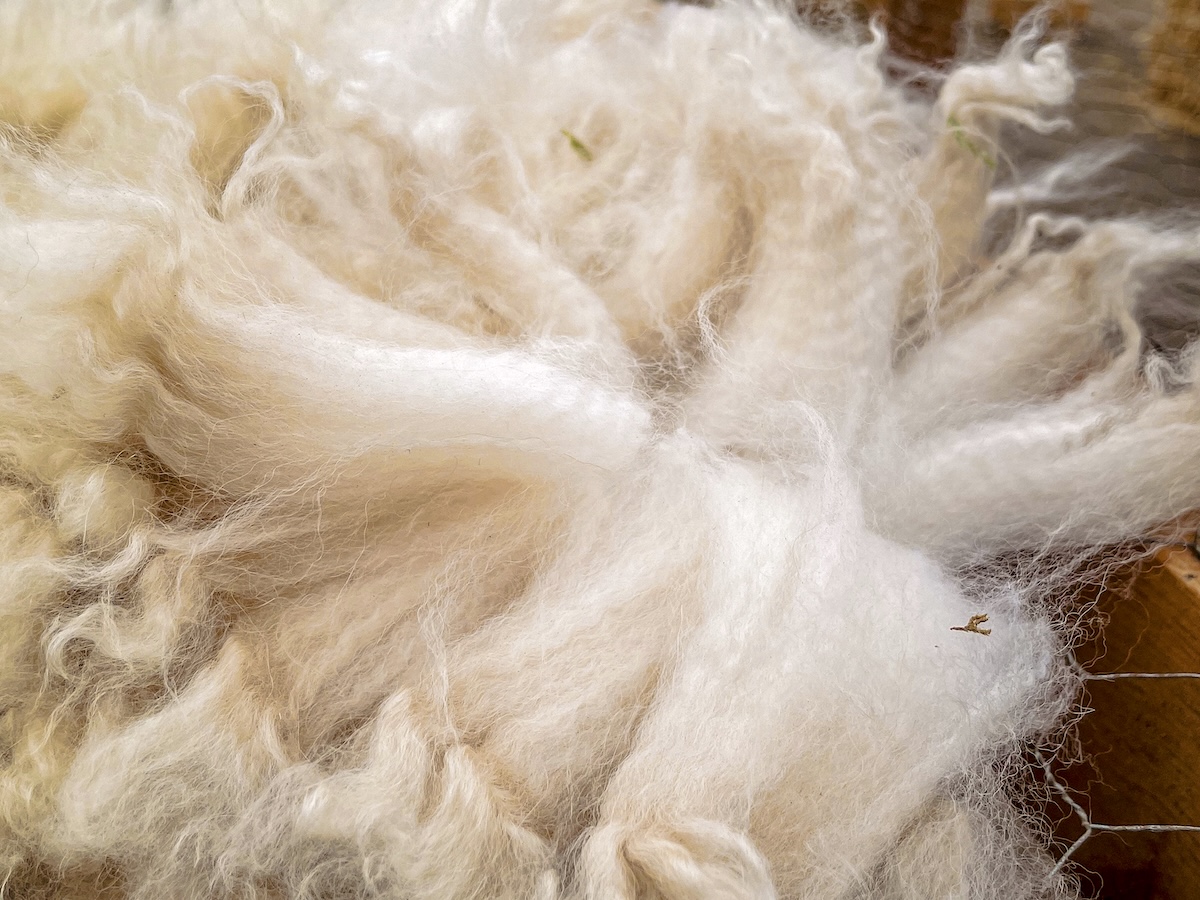
With all that in mind, let’s dive into individual camelid fibres and how you can use their uniqueness to your advantage in your knitting and crochet projects!
Common Camelid Types
Again, the four main camelids you’ll find in a yarn store are camels, alpacas, llamas, and vicuñas. While they all have the specific characteristics listed above, they’re not interchangeable. They each have unique properties that set them apart and make them ideal for different types of projects, which we’ll discuss below.
- Camels. Camel is an often underrated fibre—with strength comparable to wool, exceptional insulating properties, and a rich lustre. Its long fibres mean it drapes, resists pilling and catches light. That said, this can also be a trade-off since it’s fairly inelastic and doesn’t stretch. It’s also relatively expensive since camels produce very little fibre per year compared to sheep and other popular fibre animals. Pure camel knitting yarns are rare, and it’s frequently blended with other fibres like wool and silk. Camel yarns are a great choice for any garment or accessory that needs to drape rather than stretch, such as shawls, neckwear, and loose-fitting sweaters.
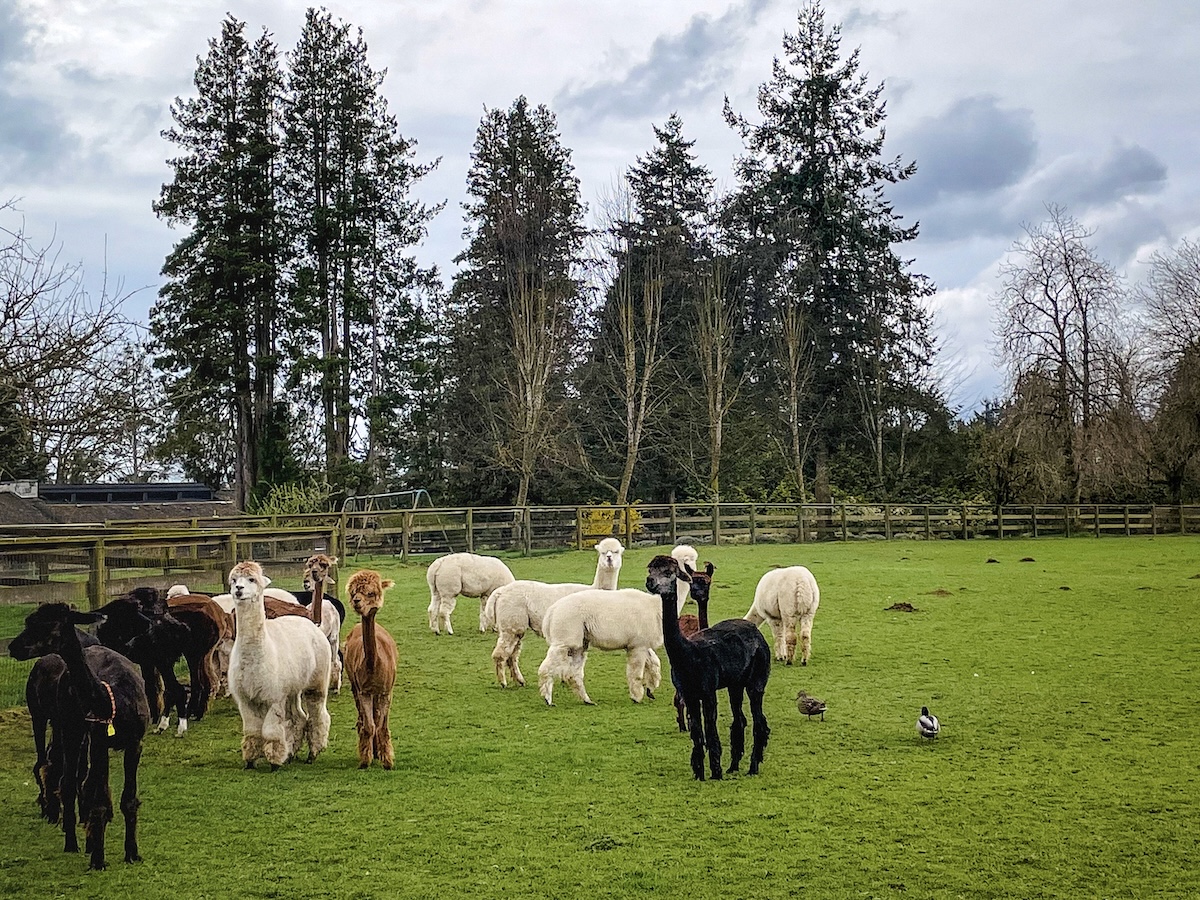
- Alpaca. Since alpacas are native to cold climates, their fibre is incredibly insulating. It’s lightweight and soft, traps air close to the skin, and releases moisture quickly in order to stay dry. This means an alpaca garment could be both thinner and lighter than a wool garment, but be just as warm. Pure alpaca yarns are easy to find, with two main options usually available—a standard worsted spin similar to basic wool yarns, and a brushed version of suri alpaca that’s often used as a substitute for brushed mohair. (Suri alpaca is less likely to irritate sensitive skin than mohair.) The main challenge of working with alpaca is its lack of elasticity due to the structure of individual fibres—once it’s stretched out, it isn’t going to spring back. Combined with its delicacy, it’s not a great choice for hard-wearing items that need to stretch, like socks. However, alpaca yarn is phenomenal in shawls, scarves, sweaters, and anything that needs to be warm and worn next to the skin. Additionally, seamed garments can help add structure to alpaca and keep it from overstretching with wear/washing.
- Llama. Llama fibre is fairly similar to alpaca—in fact, llama fibre is sometimes incorporated into “alpaca” yarns. However, their fibres are slightly coarser and stronger, and some varieties of llama have a sheen, unlike alpaca fibre, which is matte. All in all, knitting with llama is quite similar to knitting with alpaca, and it can be used in all the same types of projects.
- Vicuña. The rarest camelid fibre available on the commercial yarn market, vicuña is famed for being warmer and softer than cashmere. It’s also incredibly expensive since vicuñas live wild in the Andes in South America and have so far proved impossible to domesticate. Due to the delicacy of the fibres, vicuña yarns are usually untreated and undyed. This exceptional fibre makes for incredible scarves and shawls.
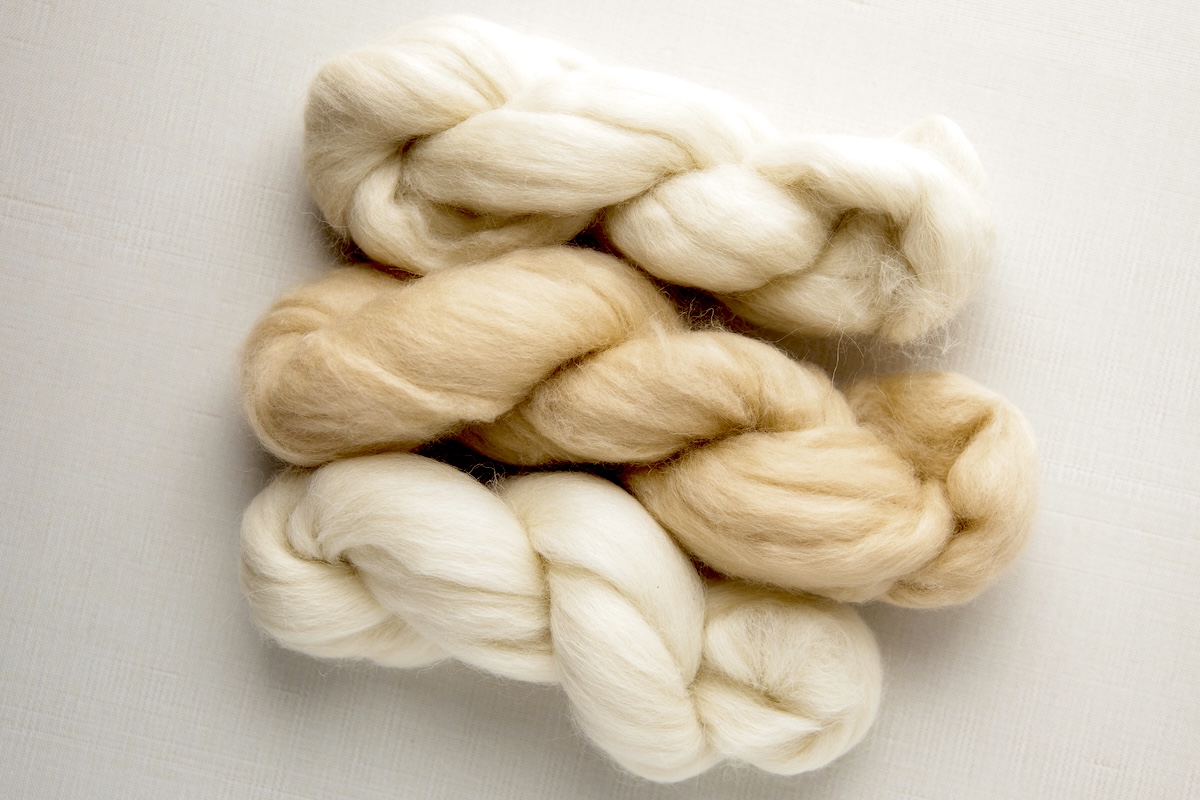
Common Camelid Blends
As mentioned in the previous section, camelids are popular candidates for blending with other fibres. Blending can help to mitigate some of the challenges of working with camelid fibres, while they bring their strengths to make the final yarn extra special. Some common camelid blend yarns include:
- Wool. Wool is an ideal fibre to pair with camelids—its elasticity brings the bounce that camelid fibres lack, while camelids lend their drape and airy quality. Wool/camelid blends are usually soft and highly insulating, but more hard-wearing than a pure camelid yarn. They’re also less expensive since wool is cheaper to raise.
- Silk. Silk/camelid blends balance elegance and practicality, making them popular for finer-weight yarns. The sheen and strength of silk makes these blends perfect for lacework, as they block more crisply than camelids, but camelids contribute warmth and body to the fabric.
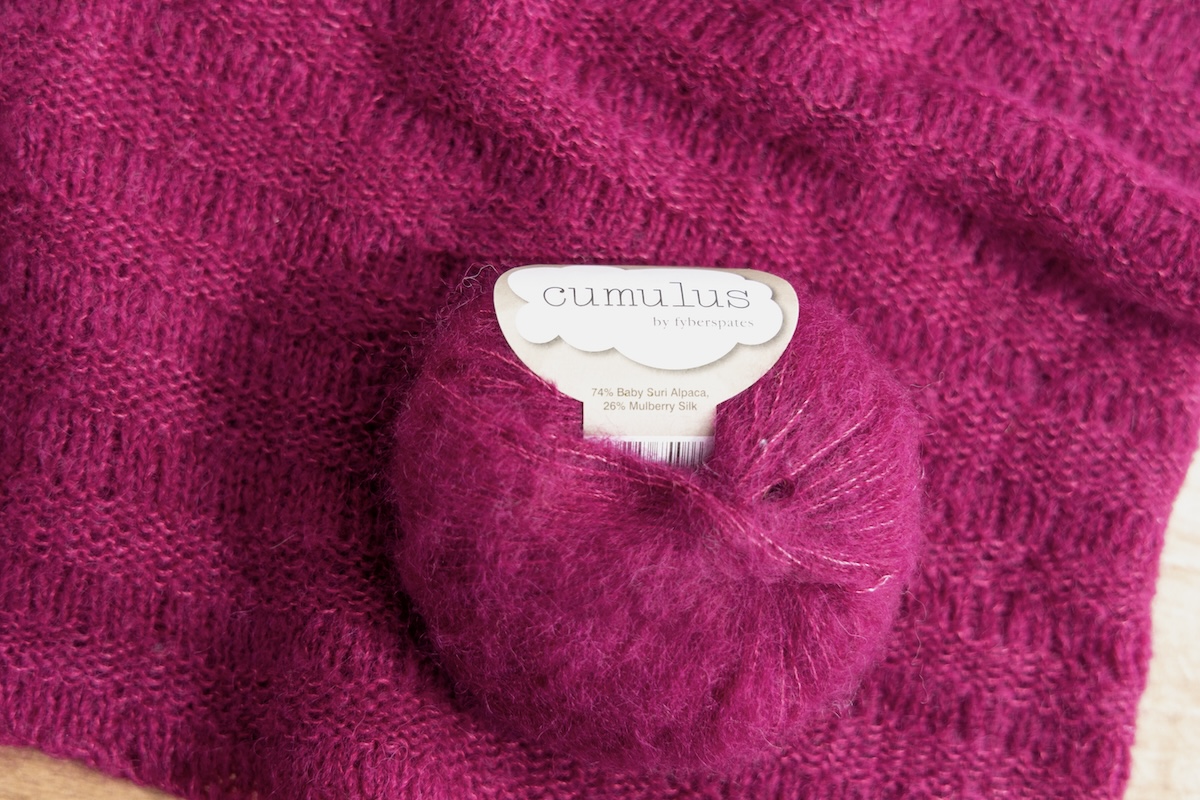
Have fun exploring camelid fibres!
Far more could be said about camelid fibres than we have room to discuss in one article. Camelid fibres are often underappreciated on the knitting and crocheting scene, but they have so much to offer. As always, be sure to search out yarns for yourself, experiment, and learn hands-on. You may just discover a new favourite fibre!
Explore more fibres in Ruth Nguyen’s articles, Knitting and Crocheting with Silk and Knitting and Crocheting with Wool.
The post Knitting & Crocheting with Camelids appeared first on SweetGeorgia Yarns.
Comments
Post a Comment